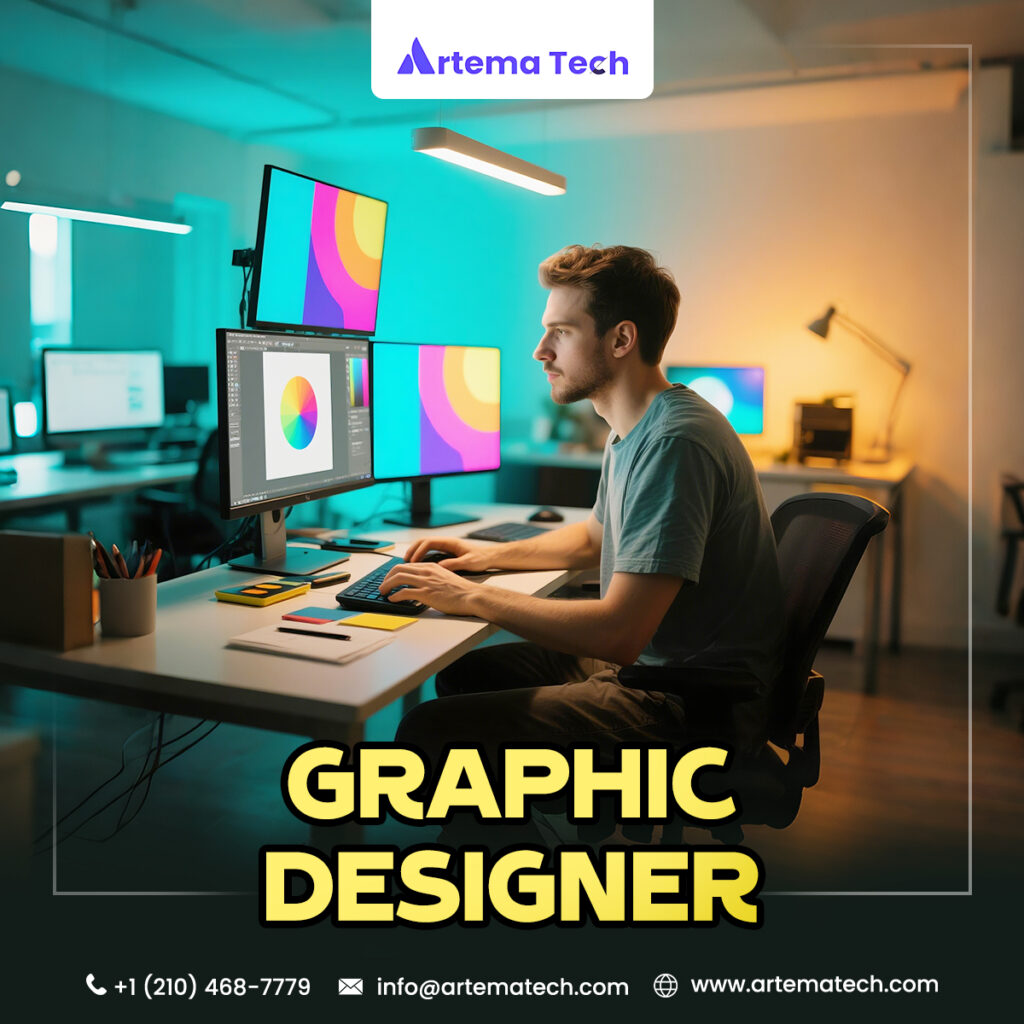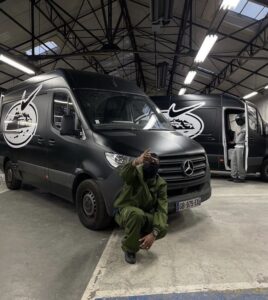
Graphic design plays a major role in how we see and interact with the world. Every day, we are surrounded by visuals that help us understand messages, products, and ideas. These visuals are created by skilled professionals known as graphic designers. However, not all designers work in the same way or focus on the same areas. There are many types of graphic designers, each with a unique skill set and creative goal. Understanding these different roles can help individuals and businesses choose the right graphic designing services for their needs.
Visual Identity Designers
Visual identity designers focus on building the look and feel of a brand. Their main goal is to create a clear and consistent image that people can recognize. This includes creating logos, choosing color palettes, selecting typography, and setting rules for how a brand should appear across all platforms. These designers play a key part in shaping the public image of a business.
When a business wants to look professional and unique, it often turns to visual identity designers. These professionals make sure that the brand is not only eye-catching but also easy to remember. Every part of their design work is carefully planned to reflect the company’s values and style.
Marketing and Advertising Designers
Another common type of graphic designer works in the field of marketing and advertising. These designers create visuals for ads, brochures, flyers, banners, and online promotions. Their main goal is to catch attention and make people want to learn more or take action.
Marketing designers often work closely with copywriters and marketing teams to bring campaigns to life. Their designs need to speak clearly, quickly, and effectively. Whether it’s a digital ad or a printed poster, their work helps boost sales, spread messages, and connect with audiences.
Web and User Interface Designers
Web and UI designers are responsible for how websites and apps look and feel. They work on layout, color, images, buttons, and other elements that users interact with. Their job is to make digital experiences both attractive and easy to use.
A web designer focuses mainly on how the site appears, while a UI designer may go deeper into how each feature works. Both roles require a strong understanding of graphic tools and a good sense of how people behave online. Businesses often rely on these types of designers to improve their websites, apps, and other digital platforms.
Publication Designers
Publication design is another area of graphic designing services that is still very important, even in the digital age. These designers work on books, magazines, newspapers, catalogs, and other printed materials. Their focus is on layout, font choice, spacing, and how to present content in a way that’s easy to read and visually appealing.
While much of their work may also be used online, publication designers must still consider how a finished product will look on paper. Their design choices can affect how people understand and enjoy the material.
Packaging Designers
When it comes to selling physical products, packaging can be just as important as the product itself. Packaging designers create the look of boxes, labels, containers, and wraps. Their goal is to make the product stand out while also giving customers the right information.
These designers need to understand both branding and materials. A great design will not only be eye-catching but also practical and easy to produce. This type of graphic designer works closely with marketing and production teams to bring packaging ideas to life.
Motion Graphic Designers
Motion graphic designers bring visuals to life through movement. They create animations, videos, and other moving content for social media, websites, television, and ads. Their work includes animated logos, explainer videos, and even motion-based presentations.
This type of design requires skills in both art and animation software. Motion designers add energy to content and help businesses explain ideas in a fun and simple way. Their work is especially popular in online marketing, where video content is often more engaging than still images.
Environmental Graphic Designers
Environmental graphic designers create visual experiences in physical spaces. They design things like signs, murals, museum displays, and interior branding. Their work helps people find their way, learn something new, or feel more connected to a place.
These designers need to think about how people move through and experience space. Their job is not just to create beautiful images, but to help people interact with their surroundings in a clear and meaningful way. This field combines design with architecture, planning, and storytelling.
Art and Illustration Designers
Not all graphic designers focus only on structure and layout. Some specialize in creating custom illustrations and artwork for brands, books, products, and more. These art-based designers bring a hand-drawn or creative feel to projects that require something more unique.
Illustration design is often used in advertising, editorial work, children’s books, and merchandise. The role blends fine art with modern design tools. These designers offer a more personal and expressive touch to visuals that need to stand out.
Freelance and Agency Designers
Graphic designers can also be grouped by how they work. Some work as freelancers, offering their services to many clients on a project-by-project basis. Others work in design agencies, where they are part of a larger team that handles many clients at once.
Freelancers offer flexibility and often focus on one or two types of graphic designing services, while agency designers may be part of large campaigns that involve multiple types of design work. Both have important roles in the industry, and the choice often depends on the size and scope of a project.
Conclusion
Graphic design is a wide and varied field filled with many types of creative professionals. From branding and web design to illustration and packaging, each type of graphic designer brings something special to the table. Businesses, creators, and organizations all benefit from their skills, whether they need to build a brand, attract customers, or improve communication.
As the demand for visual content continues to grow, the value of graphic designing services becomes even clearer. Each type of designer serves a different purpose, but together, they shape the way we see and understand the world. By knowing the types of designers and what they do, it becomes easier to choose the right person or team for any creative project.
More info: Artema Tech







